Yoga For Beginners: The Art Of Harmonizing Body And Mind
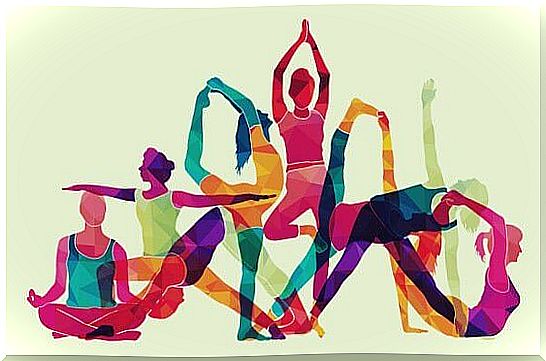
There is yoga for beginners, for those who approach this physical and mental discipline out of simple curiosity or for those who are looking for an alternative therapy to relieve their stress, anxiety or sleep disorders. Whatever our motivation, there is a series of postures (Asanas) that allows us to simply initiate ourselves into yoga in order to discover its benefits.
Often it is said that those who integrate yoga into their daily lives no longer see life in the same way, something changes. It might sound like an exaggeration, especially if we think of discipline as a set of exercises limited to performing a series of postures. But on the other hand, yoga is much more than that. In fact, it transcends the physical plane to reach the mental and the emotional, thus promoting a balance that is experienced on all levels of our reality.
We are facing an exercise capable of extending into all areas of our being: it guarantees us a more resistant and also more flexible body, a more centered mind and even a more noble and receptive mind. Whether it is an exaggeration or us, we are facing a practice well recognized by organizations like the American Psychological Association (APA), which relies on various research concerning the benefits that yoga brings on our mental health.
It is always good to try new experiences, and if on top of that they are positive and rewarding, it is worth taking the step and perceiving the impact that this practice has on us from India and whose word comes from Sanskrit and means “Union”.

Yoga for beginners: learning to listen to body and mind
There is yoga for beginners and yoga for those who already know the needs of their body and the postures that daily promote their balance and well-being. It is important to say something important above all: if we have never practiced this type of exercise, it is not advisable to force our body and to start with complex techniques. Otherwise, we would run the risk of causing unnecessary injury to ourselves.
The ideal is therefore to start calmly in order to understand what yoga is like and what this practice provides. As we said at the beginning, it is not just about performing a series of postures with our body. Yoga combines stretching with deep breathing and meditation. What yoga brings little by little if we are constant should not be neglected: better physical condition, flexibility, better lung capacity, a more harmonious heart rate and less joint pain.
It’s worth a try, but we’ll do it in a reasonable way by first familiarizing ourselves with those techniques that fit into what is known as beginner yoga.
1.The warrior’s posture
In yoga practice, we perform what are known as “asanas” (postures), which will help us foster an intimate and silent dialogue with our body in order to get to know ourselves better, to accept our physical and mental reality. Thus, among all of these asanas, we find those which constitute a good exercise of preventive medicine and which are perfect for initiating us into the practice of yoga. The warrior pose is one of them. Let’s see how we can put it into practice by following.
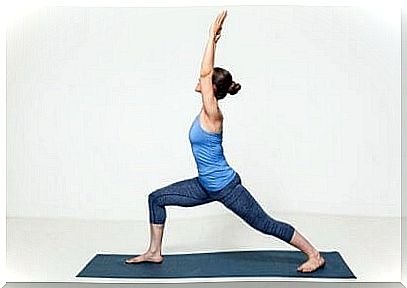
- Stand on a mat.
- Separate the legs and turn the foot of the front leg outward that of the back leg to remain straight.
- Feel the ground under the soles of your feet, for this is where you have your fulcrum and this is where your strength emerges.
- Gradually bend the front leg until the muscle is parallel to the ground (leg bent at 90 °).
- Be aware that your knee is aligned with your heel.
- Keep your back straight and raise your arms.
2.Posture of the dog with its head up
In yoga for beginners, we find the most basic asanas including head up dog and head down dog which are arguably the most common. However, if we have never practiced yoga, we will start with the first asana, the one which is the easiest.
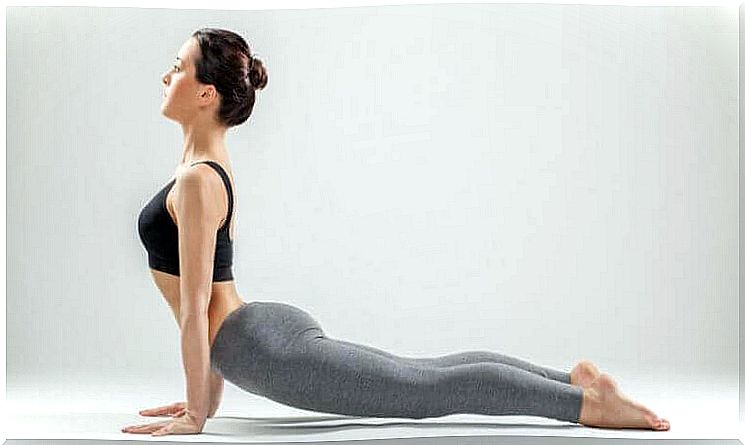
- First we need to lie down on a mat.
- We will then place our hands with the palms on the ground at shoulder height in order to lift ourselves little by little.
- We will stretch our arms at the same time as we arch our back back.
- Next, we will raise the hips and knees. All the strength must be in our arms.
- We will then try to join our shoulder blades without forcing, so that the sternum goes forward. However, one should not excessively overload the lumbar area.
3.The shoemaker’s posture
This posture will please you very much. Also known as “Baddha Konosana” or the butterfly, it is ideal for beginners and is one of the most important in yoga. Here, by following the different steps to follow to execute it:
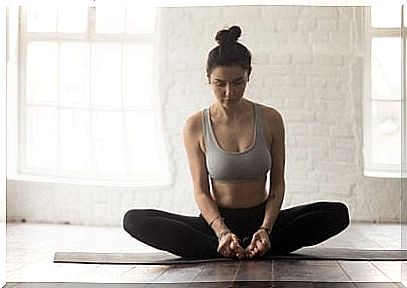
- Sit on the floor with your back straight. Bend the knees and bring the soles of the feet together. It is not necessary to force ourselves, it is in fact to seek this posture which will allow us to feel good without reaching any pain.
- Feel how your knees drop to the sides, slowly stretching your muscles.
- As you feel more comfortable, lower your knees a little more, lifting the weight towards your glutes to always keep your back straight.
- Now grab your big toes and try to pull them apart a bit. You will notice an increase in pressure in your heels.
4.Child’s posture
Within beginner yoga, the child pose o Utthia Balasan is undoubtedly one of the best known and most relaxing. Once you know it and practice it, you will always seek to find a moment to relive the sensation of this asana so cathartic and beneficial. Here are the steps to follow.
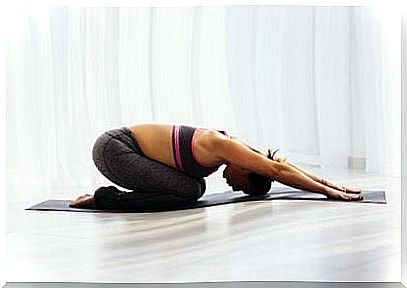
- We will kneel on the mat.
- We will join the big toes of the feet and the heels.
- We will stretch forward, stretching the arms above the head.
- We will position the palms of the hands well open on the mat.
- Finally, we will lay our foreheads on the ground and we will breathe deeply.
To conclude, as we can see, yoga for beginners is not only simple, it is also relaxing and allows us to relieve muscle overload and tension. If we do it without forcing too much and knowing our physical limits, we can gradually include better and more complex asanas in order to experience the benefits of this ancient practice so recommended.










